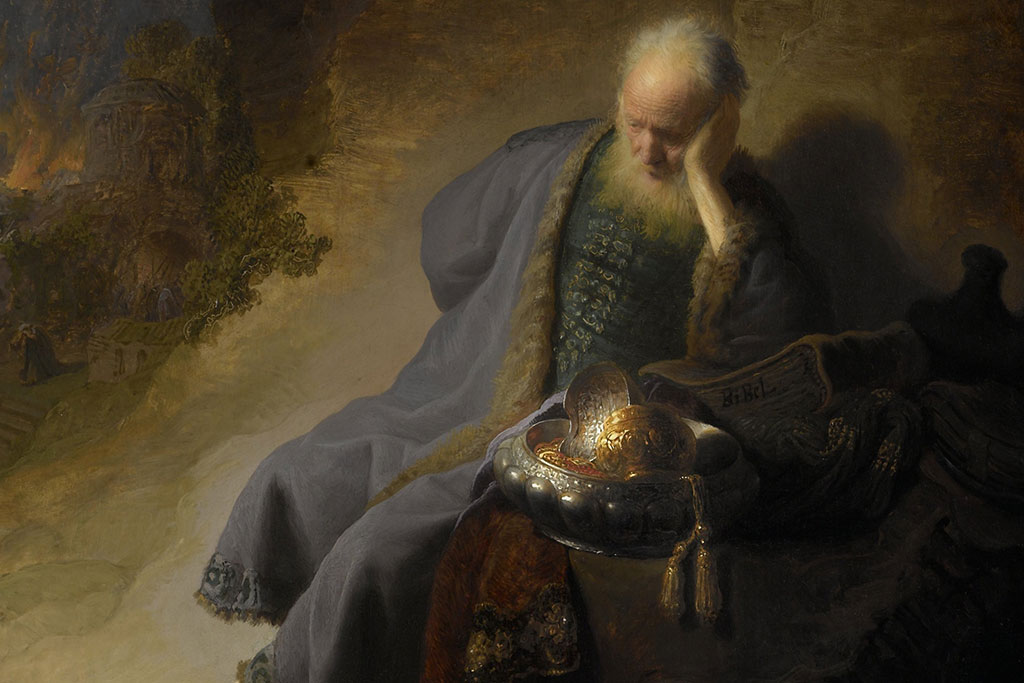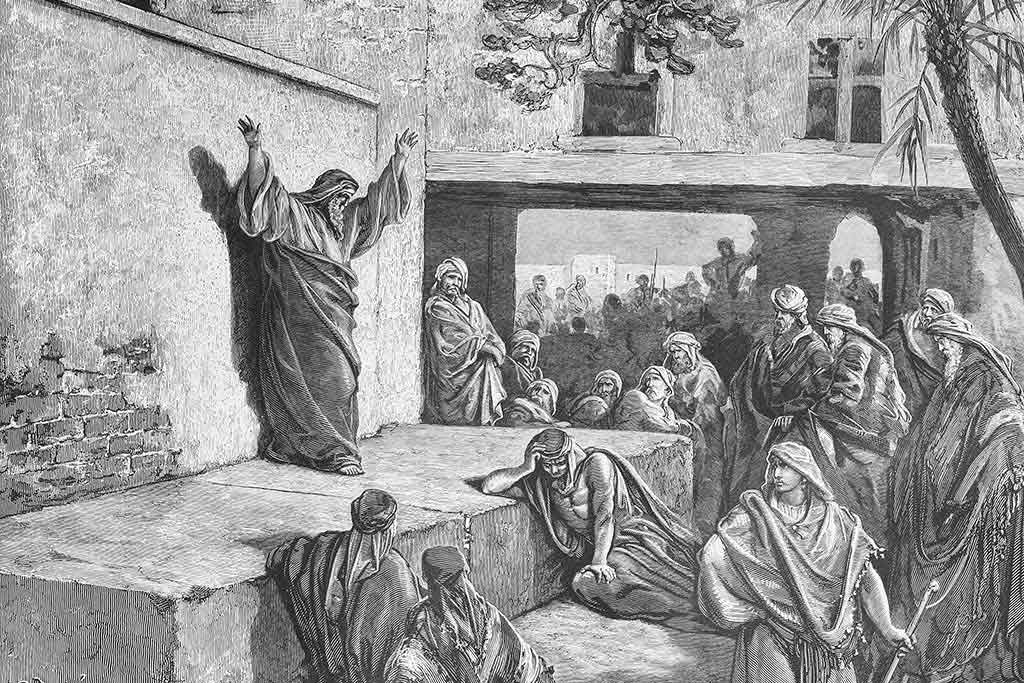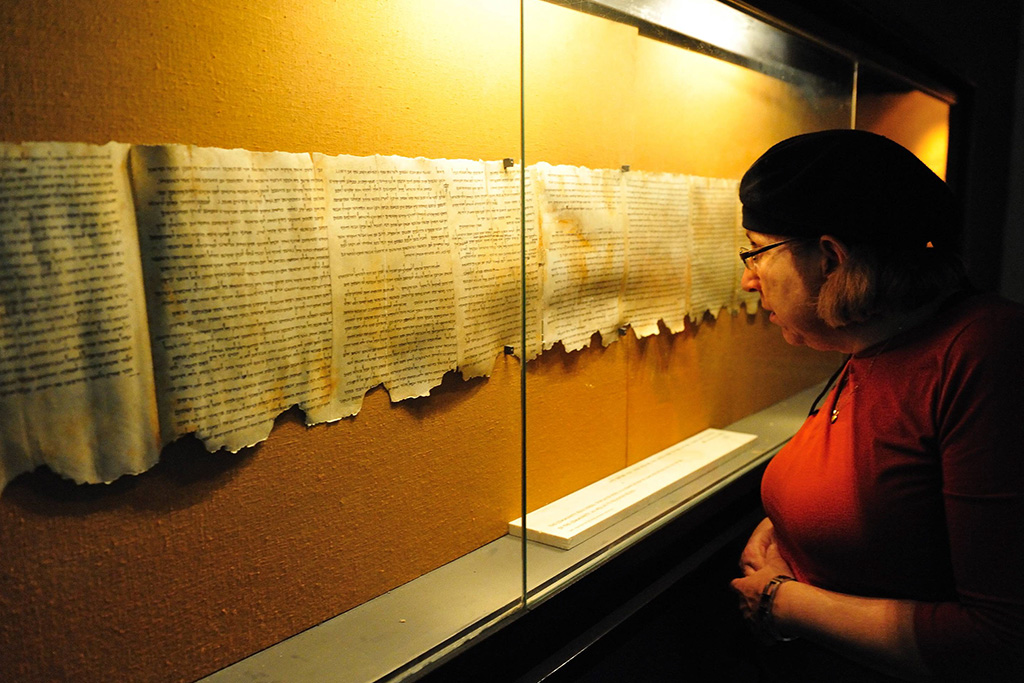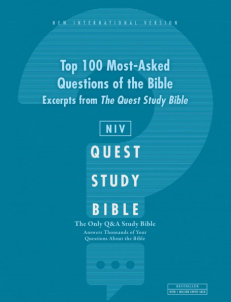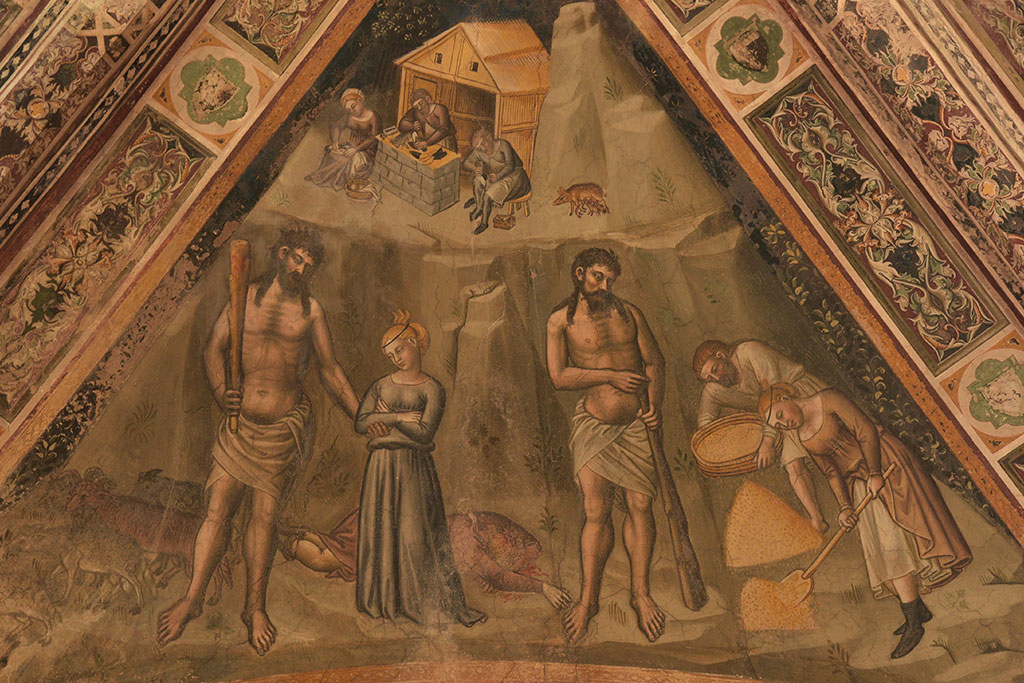
Who were the Nephilim (Genesis 6:1-4)?
The subject of movies and endless fascination, probably no other question is asked so many times by those who read the opening chapters of the Bible. And this is not just a modern issue. The ancient translations also contributed their ideas.
The early Greek and Latin version used gigantes “giants.” The Samaritans and the early Jewish “sermons” (the Targums) also translated the term as a group who were incredibly strong. The Jewish texts sometimes include the names of fallen angels, those mentioned in the much later book of 1 Enoch (this part was written a century or two before the time of Jesus). Not only 1 Enoch chapters 6-19 but also other Jewish literature from about 2,000 years ago, such as Baruch (3:26-28), the Dead Sea Scrolls, midrashim or stories from Jewish traditions in the early Christian centuries, and of course the New Testament are all eager to make suggestions as to the pride and wickedness of this group.
In Genesis 6:1-4, the Nephilim are a group of people living before Noah’s flood who were the product of the union of the sons of God with the daughters of humans. In that text, the Nephilim are described as heroic and legendary. There the Nephilim are connected with the multiplication of humanity on the face of the earth (verse 1) and with human sin which brings about God’s judgment in the form of the flood (verses 5-7). Verse 4 includes a reference to later (postdiluvian, that is, after the time of the Genesis Flood) Nephilim. The majority of the spies who were sent by Joshua to spy out Canaan reported giants whom they called Nephilim, and who are designated in the account as the sons of Anak (Numbers 13:33).
2 Peter 2:4 and Jude 6 are the New Testament allusions to the Nephilim. Here they are angels who committed some serious rebellion and have been imprisoned by God. They lead a list of biblical examples of rebels and their punishments current in contemporary Jewish literature of warning against sin. Although some have found elements of Greek Titan mythology here and in Genesis 6: 1-4, the presence of a common source for the traditions of 1 Enoch and those of the Greek world is more likely (perhaps one leading back to Genesis 6:1-4).
The Hebrew root, npl, “to fall,” seems to be the basis of Nephilim; i.e., “the fallen ones.” The earliest use of this npl occurs in a military context. There is a fourteenth century B.C. letter of Lab’ayu leader of Shechem to the Egyptian pharaoh, known as EA 252, lines 25-27, “Fall under them that they may smite you!” The sons of Anak, who, as already noted, are identified with the later Nephilim in Numbers 13:33, are also connected with the Rephaim in Deuteronomy 2:11. As the Rephaim are understood to be ancient warriors slain by Israel and others, so the Nephilim, “the fallen ones,” are those who have died on the battlefield.
As fathers of the Nephilim, the identity of the “sons of God” is important in understanding whether the Nephilim of Genesis 6 were semi-divine or completely human. The “sons of God” have been understood as nonhumans (gods, angels), rulers, or as descendants of Seth. The first interpretation is supported by the term’s use in Ugaritic myths (Ugarit was a thirteenth-century BC city on the Mediterranean coast in Syria which had similarities with Canaanite and Hebrew culture and language), in the Old Testament (Psalm 29:1; Job 1:6), and in the Intertestamental and New Testament material noted above. In the Bible the only exact duplicate of the Genesis 6 term, “sons of God,” appears in the beautiful creation verse of Job 38:7, “while the morning stars sang together and all the angels shouted for joy” (NIV). Psalm 29:1 and Job 1:6 use a shorter form of the name for “God,” ʾēl instead of ʾĕlōhîm. There the “sons of God” are angelic figures in the council of God. The term contrasts with “daughters of men” which could mean daughters of nonrulers or daughters of the descendants of Cain. Other than Eve, the first five chapters of Genesis explicitly refer to and name only women in the line of Cain (Genesis 4:17-24).
The mating of deities with human women appears in Ancient Near East and Greek mythology. Support of identification with rulers may be found in a similar designation given to the Ugaritic king Keret and to the Davidic king (2 Samuel 7:14; Psalm 2:7), and in traditional Jewish exegesis. The connection with the line of Seth has few modern adherents and is less likely.
An important aspect of the Nephilim is connected with the limitation of human life span in Genesis 6:3. The daughters of men willingly cohabited with divine beings in order to produce offspring who would gain much longer life spans and perhaps achieve immortality. By rejecting this attempt, God has established a rigid distinction between the mortal and the immortal.
Adapted from Richard S. Hess, “Nephilim,” Anchor Yale Bible Dictionary (Yale University Press).



